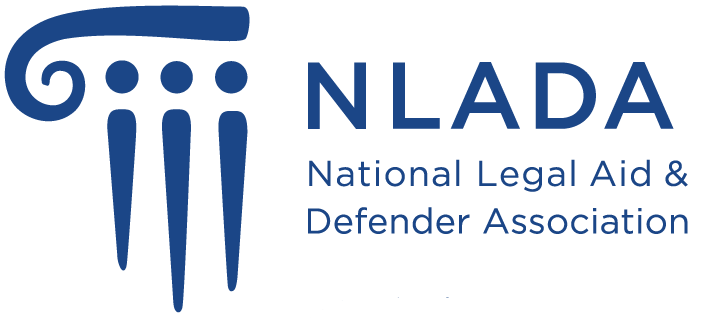Introduction
The National Advisory Commission on Criminal Justice Standards and Goals was appointed in 1971 by the Administrator of the Law Enforcement Assistance Administration and supported by $1.75 million in LEAA grants, to formulate for the first time national criminal justice standards and goals for crime reduction and prevention at the State and local levels. The Commission's work was to build upon the report of the 1967 President's Commission on Law Enforcement and Administration of Justice, entitled "The Challenge of Crime in a Free Society," and the reports of its task forces, including the Courts Task Force. In 1973, the National Advisory Commission issued six extensive reports, each developed by a separate Task Force with dozens of staff members, including NLADA consultants, on the following topics: 1) A National Strategy to Reduce Crime; 2) Criminal Justice System; 3) Police; 4) Courts; 5) Corrections; and 6) Community Crime Prevention. The Report of the Task Force on the Courts sets standards for the flow of cases through each stage of the criminal justice process, as well as basic standards for each of the system's component parts, including courts, court administration, prosecution and defense. Printed here are the black letter standards from Chapter 13 of that report, entitled "The Defense," omitting commentary, references and related standards. The introduction to the chapter summarizes the approach taken by the standards by identifying four needs that the standards are designed to meet: 1) There is a need for more professional staff resources, supporting resources and staff, and education. 2) There is a need to insure that lawyers provided at public expense are experienced and well‑educated. 3)There is a need to involve the entire bar in the provision of public defense services, and to avoid the provision of defense services from becoming the realm of a limited clique of practitioners, whether in a public defender's office or a private capacity. 4)There is a need to deal with the special problems raised by the provision of public defense services. The lawyer rendering services at public expense is liable to be caught between public resentment at having to pay for the defense of guilty criminals and defendants' resentment at not having available as effective a defense as those with private counsel.
The "black letter" text of these standards is available here for free. NLADA members have access to the full versions of standards, including commentary, related standards, and legal sources. Printed versions of standards are also available in our store.
View All Commentary Printed Standards
More Indigent Defense Standards
Standard 13.1 Availability of Publicly Financed Representation in Criminal Cases
Standard 13.2 Payment for Public Representation
Standard 13.3 Initial Contact with Client
Standard 13.4 Public Representation of Convicted Offenders
Standard 13.5 Method of Delivering Defense Services
Standard 13.6 Financing of Defense Services
Standard 13.7 Defender to be Full Time and Adequately Compensated
Standard 13.8 Selection of Public Defenders
Standard 13.9 Performance of Public Defender Function
Standard 13.10 Selection and Retention of Attorney Staff Members
Standard 13.11 Salaries for Defender Attorneys
Standard 13.12 Workload of Public Defenders
Standard 13.13 Community Relations
Standard 13.14 Supporting Personnel and Facilities
Standard 13.15 Providing Assigned Counsel
Standard 13.16 Training and Education of Defenders

